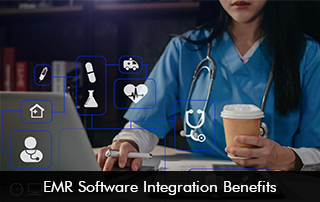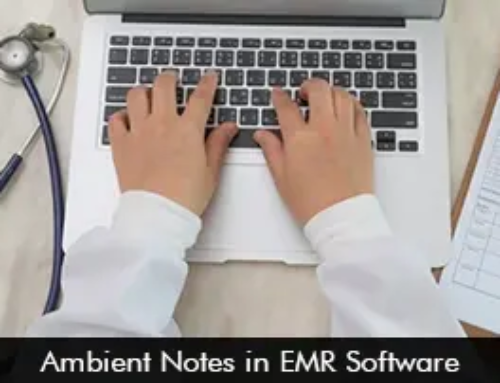Electronic Medical Records (EMR) Software interface is the ability to connect EHR systems with other healthcare solutions like laboratory systems, billing solutions, and telemedicine. This integration creates a single level of patient data, which means that healthcare providers can have an accurate and up-to-date picture of the patients they are treating regardless of their system. With the advancement of digitization, inserting EMR Software has emerged as a critical factor for skillful flow management and increment of the patient benefit system.
The Role of EMR Software Integration in Modern Healthcare Delivery
Improved Patient Care
Integrated EHR Software presents a centralized patient history, treatment plan, and testing profile that assists the provider in arriving at better decisions. On one hand, through integrated systems, healthcare professionals can retrieve patient data swiftly. This minimizes the cases of wrong diagnoses and ensures that patients are treated according to their medical histories.
Better Efficiency Levels
Utilizing integrated EMR systems can shave quite several working hours off physicians’ administration durations. Hence offering more time to attend to patient needs. Combining billing, scheduling, and clinical systems reduces the amount of manual entry as these tedious tasks are automated and streamlined.
Smooth Communication across Departments
In its presence, the integration improves the ways, in which data are transferred between departments, thereby enhancing the cohesiveness of the care options. For example, laboratory findings can be seamlessly forwarded to other physicians who need to know the results as well as to the patient’s primary caregiver. This leads to a smooth transition of data between the departments, and labor mechanisms to guarantee that all the departments are using accurate patient data.
Robust Data Security
Disparate software systems lack powerful security protocols and pose a high risk for cyber-attacks. Electronic Health Records Software systems that offer integration help ensure security compliance by being HIPAA-compliant. The connected technology is designed to make way for even security practices.
Obstacles to EHR Software Integration
However, the integration of EMR software presents various obstacles, as listed below. Another difficulty is elusive integration, as the bulk of healthcare facilities use various EHR Software suppliers and old systems that do not operate together.
Data security concerns are also present because a patient’s data is sensitive, and when data is integrated, security measures must be strong.
The price of system improvements and implementation may also function as a barrier to complete electronic medical records software integration. Certain hospitals and clinics, particularly small practices, cannot afford the high costs of implementation due to insufficient hospital capital and income base.








